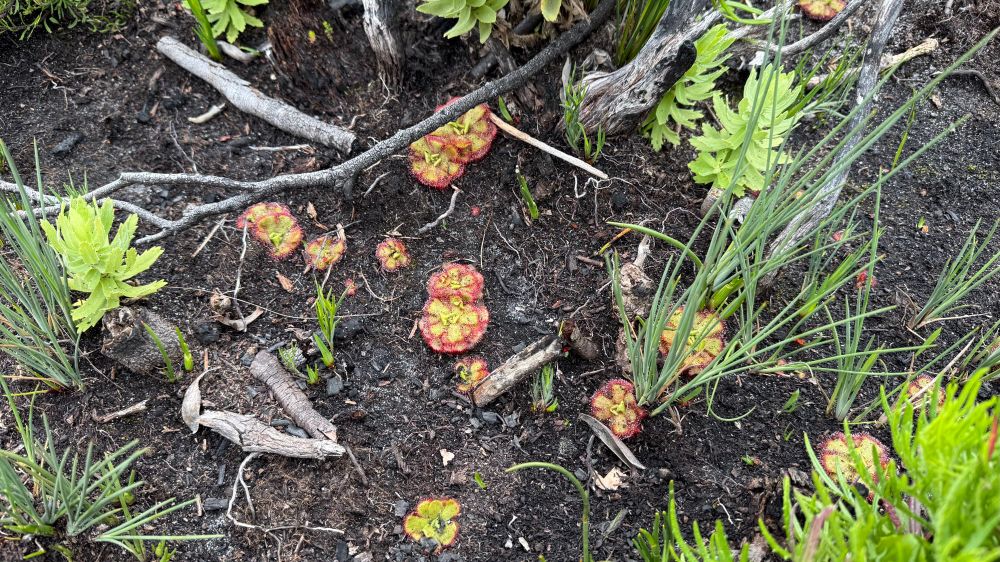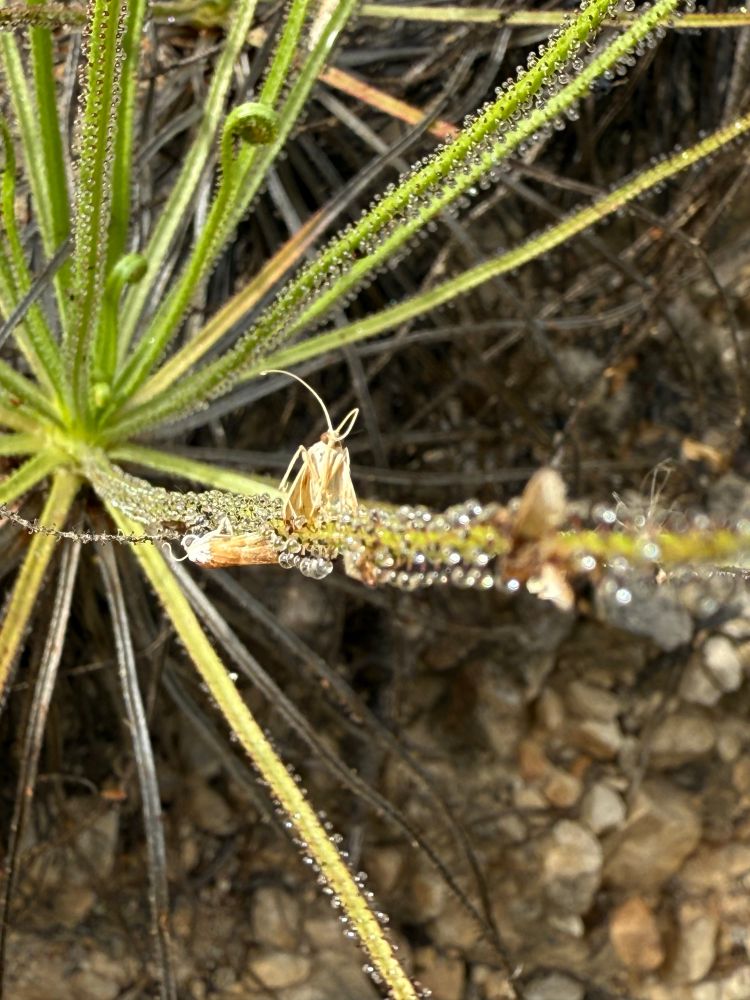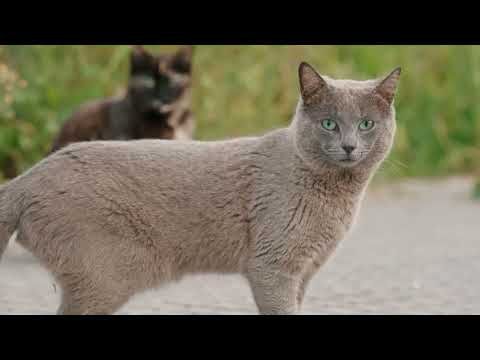Fernando Ojeda
@ojedacopete.bsky.social
62 followers
54 following
22 posts
Professor of Botany at the University of Cádiz (Spain). Love spearfishing and mountain hiking.
https://fernandoojedacopete.wixsite.com/fojeda
Posts
Media
Videos
Starter Packs
Pinned
Fernando Ojeda
@ojedacopete.bsky.social
· Jul 10
Fernando Ojeda
@ojedacopete.bsky.social
· Aug 28
Fernando Ojeda
@ojedacopete.bsky.social
· Aug 26
Fernando Ojeda
@ojedacopete.bsky.social
· Aug 13
Fernando Ojeda
@ojedacopete.bsky.social
· Aug 13
El calor extremo y el viento mantienen activos numerosos incendios de la península
Dos personas han fallecido en los incendios que comenzaron el pasado fin de semana en la península ibérica y que se han ido multiplicando por diferentes zonas de Galicia, Castilla y León, Andalucía, Castilla-La Mancha, Extremadura o Madrid. La ola de calor que no abandona al país, las fuertes rachas de viento y su desplazamiento cambiante, y la sequía térmica dificultan las tareas de extinción. El Gobierno decretó ayer la fase de preemergencia y miles de personas han tenido que ser evacuadas.
sciencemediacentre.es
Reposted by Fernando Ojeda
Fernando Ojeda
@ojedacopete.bsky.social
· Jul 29
Fernando Ojeda
@ojedacopete.bsky.social
· Jul 24
Fernando Ojeda
@ojedacopete.bsky.social
· Jul 24
Fernando Ojeda
@ojedacopete.bsky.social
· Jul 13
Fernando Ojeda
@ojedacopete.bsky.social
· Jul 10













